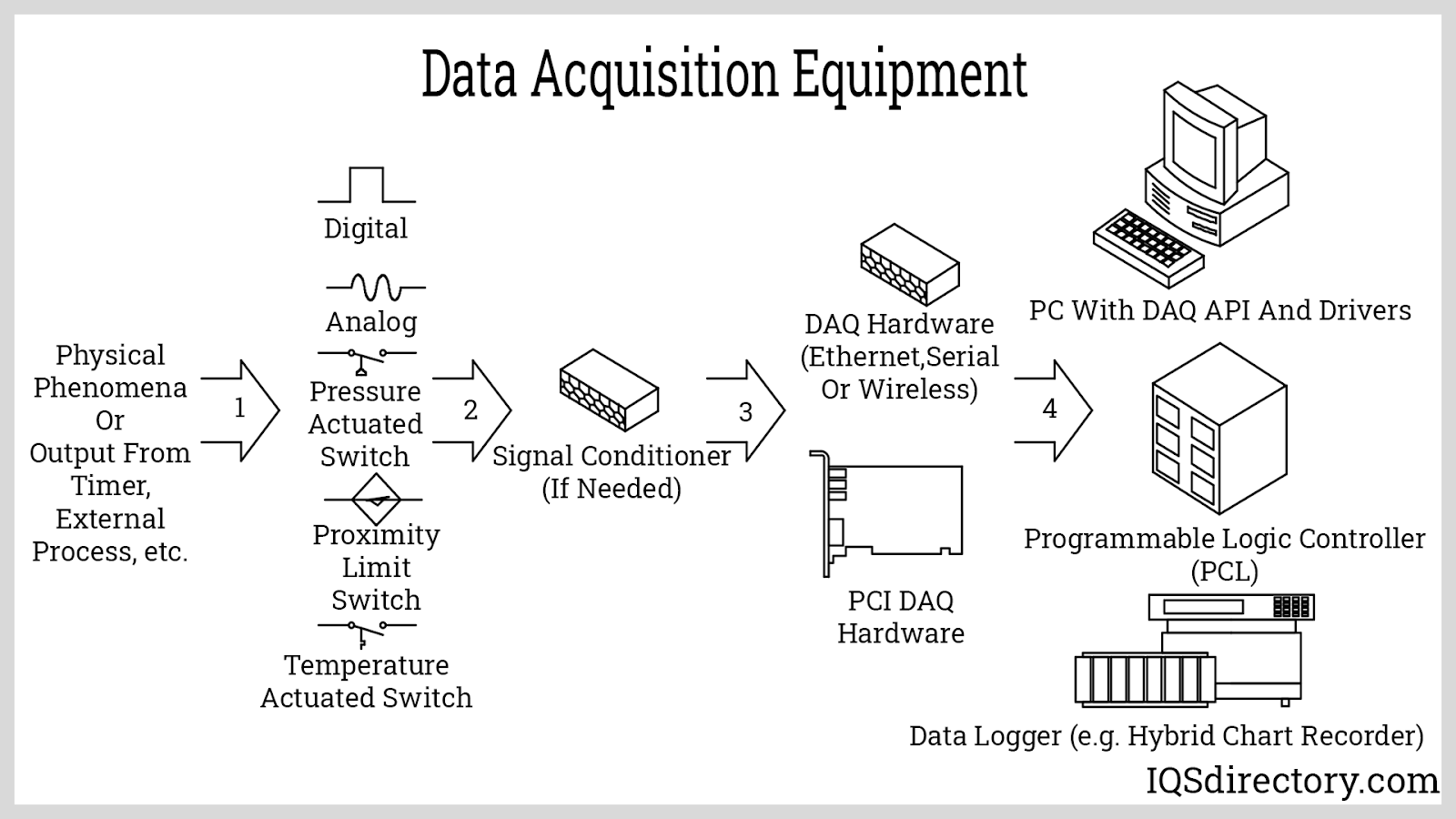Unlocking Insights: The Power of Data Acquisition Systems in Modern Analytics
Unlocking Insights: The Power of Data Acquisition Systems in Modern Analytics
Blog Article

In today's data-driven world, organizations are constantly seeking ways to enhance their decision-making processes and drive innovation. At the heart of this quest lies the Data Acquisition System, a vital component that empowers businesses to collect, analyze, and interpret vast amounts of information. As industries become increasingly reliant on data, understanding the role and functionality of these systems is essential for leveraging insights that can lead to significant competitive advantages.
Data Acquisition Systems serve as the backbone of modern analytics by seamlessly gathering data from various sources, whether from sensors, instruments, or other data-generating mechanisms. The ability to consolidate diverse data streams into a coherent framework allows organizations to uncover patterns, trends, and anomalies that would otherwise remain hidden. As we explore the significance of these systems, we will discover how they unlock powerful insights that inform strategy, optimize operations, and ultimately contribute to organizational success.
Overview of Data Acquisition Systems
Data Acquisition Systems, or DAS, form the backbone of modern analytics by enabling the collection, measurement, and analysis of data from various sources. These systems are designed to gather real-time information from sensors, instruments, and other data-generating devices. By converting physical phenomena into digital signals, DAS allows for seamless data integration that is essential for informed decision-making in diverse fields such as engineering, environmental monitoring, and industrial automation.
At the core of a Data Acquisition System is a combination of hardware and software components that work together to provide accurate and timely data. The hardware typically includes sensors, analog-to-digital converters, and data loggers that capture and digitize the information. The software aspect involves data processing, storage, and visualization tools that help users interpret the results effectively. This combination not only enhances data fidelity but also enables extensive analysis, driving insights that can lead to improvements in operations and strategic initiatives.
Data Acquisition System
As the volume of data generated continues to grow, the relevance of Data Acquisition Systems becomes more pronounced. They play a crucial role in turning raw data into structured information that can be analyzed for trends and patterns. This capability is increasingly necessary in industries where data-driven decisions can significantly impact performance and efficiency. By leveraging DAS, organizations can unlock the potential of their data assets, ensuring they remain competitive in a rapidly evolving landscape.
Benefits of Data Acquisition in Analytics
Data Acquisition Systems play a crucial role in modern analytics by providing accurate and timely data collection from various sources. This capability enhances decision-making processes by ensuring that analysts have access to the most relevant and up-to-date information. As organizations increasingly rely on real-time data to drive their strategies, the ability to acquire and process data efficiently becomes essential for maintaining a competitive edge.
Another advantage of using Data Acquisition Systems is their ability to integrate data from diverse sources. Whether the data comes from sensors, IoT devices, or databases, these systems can seamlessly aggregate and organize the information for analysis. This integration leads to a comprehensive view of operations, allowing businesses to identify trends and insights that would otherwise remain hidden when data is siloed across different platforms.
Moreover, Data Acquisition Systems improve the reliability and quality of data. By automating the data collection process, these systems minimize human errors and inconsistencies that can arise from manual data entry. Additionally, the use of advanced algorithms and validation techniques within these systems ensures that the data is accurate and trustworthy. This reliability allows organizations to make informed decisions based on solid evidence rather than guesswork.
Future Trends in Data Acquisition Technology
As we look ahead, the evolution of data acquisition systems is poised to drive significant advancements in technology. One of the most notable trends is the increasing integration of artificial intelligence and machine learning. These technologies will enhance the capability of data acquisition systems to not only collect data but also analyze and interpret it in real time. This shift will empower organizations to make faster, more informed decisions based on live data streams.
Another key trend is the rise of edge computing in data acquisition. By processing data closer to where it is collected, edge computing reduces latency and bandwidth usage, enabling quicker responses in critical applications. This is particularly relevant in fields such as industrial automation and healthcare, where timely data insights can have substantial impacts on operational efficiency and patient care. As devices at the edge become smarter, we can expect an increase in the amount of data being captured and utilized.
Finally, the demand for enhanced data security and privacy measures will shape the future landscape of data acquisition systems. With increasing concerns about data breaches and compliance regulations, companies will need to adopt robust security protocols to protect sensitive information. This will likely lead to the development of more secure data acquisition frameworks that incorporate advanced encryption and access control measures, ensuring that data integrity and user privacy are maintained while still leveraging the power of analytics.
Report this page